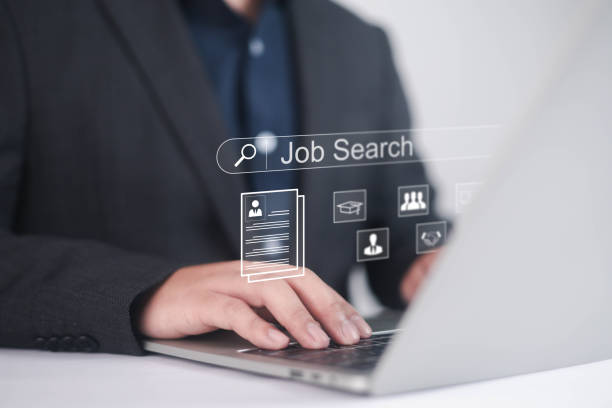What is an AI Robot? A Comprehensive Definition
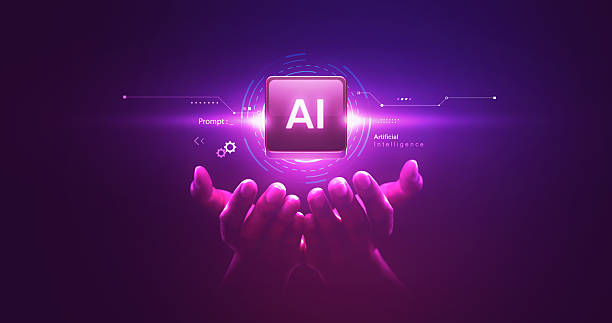
In today’s world, the term Artificial Intelligence or AI is increasingly heard.
But what exactly is an AI robot? Simply put, an AI robot is a computer system capable of performing tasks that typically require human intelligence.
These tasks include learning, problem-solving, pattern recognition, natural language understanding, and decision-making.
An AI robot analyzes data using complex algorithms and machine learning models, and based on them, exhibits intelligent behavior.
These systems can be employed in various fields, including customer service, healthcare, education, manufacturing, and many other areas.
#Artificial_Intelligence is rapidly advancing, and the AI robot, as one of its most significant achievements, will play a key role in the future.
An AI robot can automatically perform repetitive and time-consuming tasks, assist humans in complex decision-making, and even discover new solutions to problems.
In fact, an AI robot is a powerful tool that can improve our lives in many ways.
However, it is important to remember that an AI robot is just a tool, and the responsibility for its proper use rests with us humans.
To better understand an AI robot, we need to pay attention to its components and how they function.
Did you know that 85% of customers check your company’s website before any interaction?
With Rasaweb, build a corporate website worthy of your credibility.
✅ Increase credibility and customer trust
✅ Attract high-quality leads
⚡ Get free website design consultation
Key Components of an AI Robot
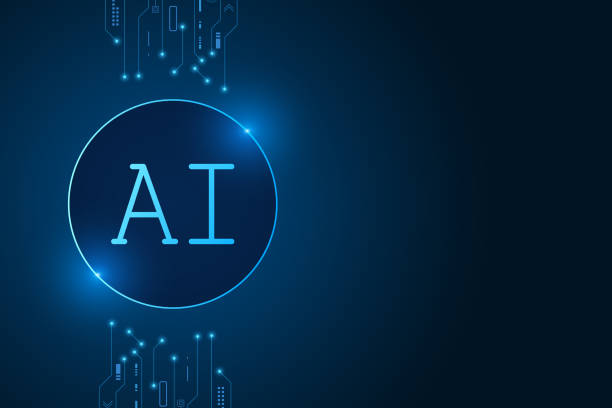
An AI robot consists of several key components that work together to enable the performance of intelligent tasks.
These components include: 1.
Data An AI robot requires data for learning and operation.
This data can include images, text, audio, video, or any other type of information.
2.
Algorithms Algorithms are a set of instructions that tell the AI robot how to process data and arrive at a specific outcome.
3.
Machine Learning Models Machine learning models allow the AI robot to learn from data and improve its performance over time.
4.
Computational Infrastructure An AI robot requires a powerful computational infrastructure to process data and execute algorithms.
This infrastructure can include graphics processing units (GPUs), ample memory, and a high-speed network.
5.
User Interface A user interface allows humans to interact with the AI robot and utilize its capabilities.
This interface can be a website, a mobile application, or a physical device.
By combining these components, an AI robot can perform complex tasks that were previously only achievable by humans.
For example, an AI robot can analyze medical images and diagnose diseases, answer customer inquiries, or even autonomously drive vehicles.
Applications of AI Robots in Various Industries

The applications of AI robots in various industries are extremely widespread and diverse.
In fact, there is almost no industry that does not benefit from the advantages of AI robots.
Below, we refer to some of the most important applications of AI robots in different industries: Healthcare An AI robot can be used in diagnosing diseases, developing drugs, providing personalized care, and improving hospital efficiency.
Manufacturing An AI robot can be used in automating production processes, quality control, predicting equipment failures, and optimizing the supply chain.
Financial Services An AI robot can be used in fraud detection, risk management, providing financial advice, and automating banking processes.
Retail An AI robot can be used in providing personalized recommendations to customers, improving the shopping experience, optimizing inventory, and automating warehousing processes.
Transportation An AI robot can be used in developing autonomous vehicles, optimizing transportation routes, and improving road safety.
Education An AI robot can be used in providing personalized education, automating administrative processes, and improving the learning experience.
These are just a few examples of the countless applications of AI robots in various industries.
With technological advancements, it is expected that the applications of AI robots will become increasingly widespread and play a more significant role in our lives.
| Industry | Application |
|---|---|
| Healthcare | Disease diagnosis, drug development |
| Manufacturing | Process automation, quality control |
| Financial Services | Fraud detection, risk management |
Challenges Facing the Development of AI Robots
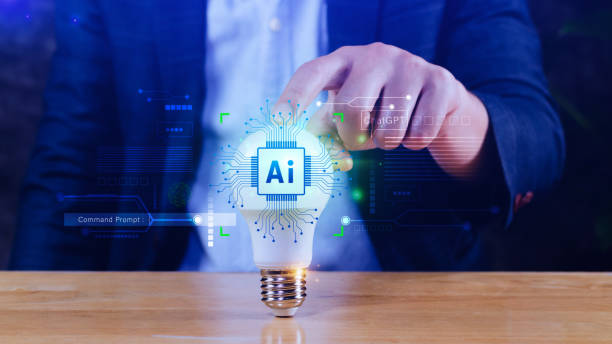
Despite the high potential of AI robots, their development and use come with challenges.
Some of the most important challenges include: 1.
Data Scarcity An AI robot requires a large volume of data for learning.
In some industries, collecting and accessing this data is difficult.
2.
Bias If the data used to train an AI robot contains biases, the AI robot may also exhibit biased behaviors.
3.
Security An AI robot can be vulnerable to cyberattacks and be used for malicious purposes.
4.
Ethics The use of AI robots raises important ethical questions, such as accountability for the decisions made by the AI robot and the preservation of individual privacy.
5.
Employment The automation of processes by AI robots can lead to job losses in some industries.
To overcome these challenges, investment in research and development, the formulation of appropriate laws and regulations, and the training of a skilled workforce are necessary.
Furthermore, we must pay special attention to the ethical dimensions of using AI robots.
Did you know that poor online store design can drive away up to 70% of your potential customers? Rasaweb transforms your sales with professional and user-friendly e-commerce website designs.
✅ Significant increase in sales and revenue
✅ Full optimization for search engines and mobile devices
⚡ [Get free consultation from Rasaweb]
The Future of AI Robots
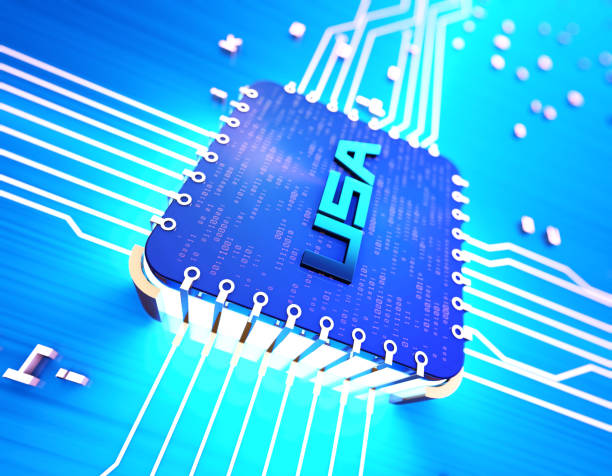
The future of AI robots is very bright and full of potential.
With technological advancements, it is expected that AI robots will play a more significant role in various fields, including healthcare, manufacturing, financial services, transportation, and education.
In the future, AI robots can help us in diagnosing diseases, developing new drugs, providing personalized care, automating production processes, managing risk, offering financial advice, developing autonomous vehicles, and enhancing the learning experience.
Moreover, AI robots can assist us in solving complex problems such as climate change, poverty, and hunger.
However, to realize this potential, we must address the challenges facing the development of AI robots and pay special attention to the ethical dimensions of their use.
If we can achieve this, AI robots can become a powerful tool for improving human lives and building a better world.
The future of AI robots depends not only on technological advancements but also on how we decide to use this technology.
Types of AI Robots
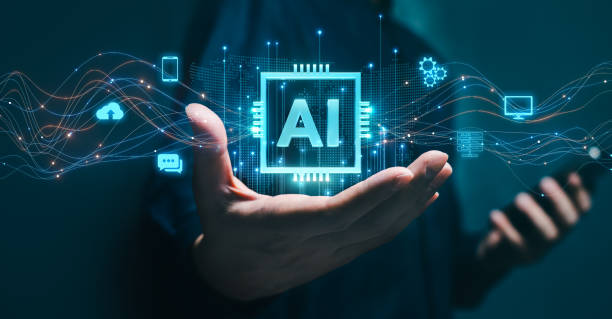
An AI robot can be categorized based on various criteria.
One of the most common classification methods is based on the type of tasks an AI robot can perform.
Accordingly, AI robots can be divided into the following categories: 1.
Rule-based AI robots This type of AI robot uses a set of predefined rules for decision-making.
2.
Machine Learning-based AI robots This type of AI robot learns from data and improves its performance over time.
3.
Hybrid AI robots This type of AI robot uses a combination of predefined rules and machine learning for decision-making.
Additionally, AI robots can also be categorized based on their application type.
Accordingly, AI robots can be divided into categories such as chatbots, industrial robots, medical robots, and autonomous robots.
Each type of AI robot has its own advantages and disadvantages and is suitable for specific applications.
Choosing the appropriate type of AI robot depends on the specific needs and requirements of each project.
Comparing AI Robots with Humans

Comparing an AI robot with a human is a complex and challenging topic.
An AI robot performs better than humans in some areas, while in others, humans still hold an advantage.
For instance, an AI robot can process large volumes of data with very high speed and accuracy, whereas humans have limitations in this regard.
On the other hand, humans excel over AI robots in understanding complex concepts, creative problem-solving, and social interactions.
Furthermore, humans possess emotions, consciousness, and conscience, while an AI robot lacks these characteristics.
Ultimately, both the AI robot and humans have their own specific strengths and weaknesses and can complement each other.
Instead of viewing an AI robot as a replacement for humans, it is better to consider it a tool that can assist us in performing various tasks and improve our lives.
| Feature | AI Robot | Human |
|---|---|---|
| Data processing speed | Very high | Limited |
| Understanding complex concepts | Limited | Very high |
| Creative problem-solving | Limited | Very high |
| Emotions and consciousness | Lacks | Possesses |
How to Build an AI Robot

Building an AI robot is a complex, multi-stage process that requires knowledge and skills in various fields, including programming, mathematics, statistics, and machine learning.
The main steps in building an AI robot are: 1.
Data Collection The first step in building an AI robot is to collect the necessary data for its training.
This data can include images, text, audio, video, or any other type of information.
2.
Data Preprocessing After collecting the data, it must be preprocessed to prepare it for AI robot training.
This stage involves cleaning the data, converting it into an appropriate format, and selecting important features.
3.
Machine Learning Model Selection In this stage, an appropriate machine learning model must be chosen for the AI robot.
The selection of the right model depends on the type of task the AI robot needs to perform.
4.
Model Training After selecting the model, it must be trained using the collected data.
In this stage, the model learns how to process data and arrive at a specific outcome.
5.
Model Evaluation After training the model, its performance must be evaluated to ensure it works correctly.
6.
Model Deployment Finally, the trained model can be deployed in a real system and used to perform various tasks.
Building an AI robot requires patience, perseverance, and continuous learning.
However, with effort and dedication, a powerful AI robot can be built that can assist us in performing various tasks.
Does your current corporate website present a worthy image of your brand and attract new customers?
If not, turn this challenge into an opportunity with Rasaweb’s professional corporate website design services.
✅ Significantly improves your brand’s credibility and image.
✅ Paves the way for attracting new leads and customers.
⚡ For a free and specialized consultation, contact Rasaweb now!
The Impact of AI Robots on Society
![]()
The impact of AI robots on society is very broad and profound.
An AI robot can improve our lives in many ways, but it can also bring challenges.
Some of the most important impacts of AI robots on society include: 1.
Improved Efficiency and Productivity An AI robot can automate various processes and increase efficiency and productivity.
2.
Creation of New Job Opportunities Although the automation of processes by AI robots can lead to job losses in some industries, it can also create new job opportunities.
3.
Improved Quality of Life An AI robot can help us in diagnosing diseases, developing new drugs, providing personalized care, and enhancing the learning experience, thereby improving our quality of life.
4.
Increased Inequality If AI robots are distributed unequally, it can lead to increased inequality in society.
5.
Ethical Concerns The use of AI robots raises important ethical questions, such as accountability for the decisions made by the AI robot and the preservation of individual privacy.
To maximize the benefits of AI robots and mitigate their negative effects, we must actively decide on how to develop and use this technology.
We must strive for AI robots to be fairly distributed, provide necessary training for the workforce, and establish appropriate laws and regulations.
By doing these things, we can use AI robots to build a better world.
Resources for Learning About AI Robots

If you are interested in learning about AI robots, various resources are available to you.
These resources include books, online courses, websites, scientific articles, and conferences.
Some of the best resources for learning about AI robots include: 1.
Online Courses Online learning platforms such as Coursera, edX, and Udacity offer various courses in the field of AI robots.
2.
Books Many books on AI robots are available that you can use to learn fundamental and advanced concepts.
3.
Websites Many websites about AI robots exist where you can find news, articles, and various tutorials.
4.
Scientific Articles Many scientific articles on AI robots are published in reputable journals, which you can use to learn about the latest achievements and advancements.
5.
Conferences Many conferences on AI robots are held, which you can attend to meet experts in this field.
By using these resources, you can acquire the necessary knowledge and skills to work in the field of AI robots and contribute to building a better future.
Frequently Asked Questions
| Row | Question | Answer |
|---|---|---|
| 1 | What is an AI robot? | An AI robot is a machine capable of understanding, reasoning, learning, and problem-solving, and can perform complex tasks with relative autonomy. |
| 2 | What are the most important applications of AI robots? | Key applications include industrial manufacturing, customer services (chatbots), medicine and surgery, autonomous transportation, space exploration, and military affairs. |
| 3 | What is the main difference between an AI robot and a regular robot? | A regular robot only follows programmed instructions, while an AI robot can learn from data, make decisions, and adapt itself to new environments. |
| 4 | How do AI robots learn? | They identify patterns and improve their performance through machine learning algorithms (such as deep learning, reinforcement learning) and processing vast amounts of data. |
| 5 | Can AI robots have emotions? | Currently, AI robots do not possess real emotions in the human sense. They can mimic or detect emotions but do not understand or experience them. |
| 6 | What are the current limitations of AI robots? | Limitations include the need for large amounts of data, inability to understand abstract concepts, lack of true creativity, ethical issues, and challenges in generalization to new environments. |
| 7 | What is the role of AI in the development of Humanoid robots? | AI helps humanoid robots to walk, maintain balance, perceive their surroundings, interact with humans, and perform complex tasks. |
| 8 | How is the future of AI robots predicted? | AI robots are predicted to become smarter, more autonomous, and capable of performing more complex tasks in daily life and industry, with increased interaction with humans. |
| 9 | Can AI robots replace all human jobs? | It is unlikely that all human jobs will be replaced. Robots will take over many repetitive and dangerous tasks, but jobs requiring creativity, empathy, and ethical judgment will remain. |
| 10 | What ethical and social challenges arise with the proliferation of AI robots? | Challenges include issues related to privacy, data security, ethical decision-making by robots, impact on employment, and accountability in case of errors. |
And other services of Rasaweb Advertising Agency in the field of advertising
- Smart Brand Identity: A dedicated service for sales growth based on attractive UI design.
- Smart Content Strategy: A professional solution for campaign management focusing on marketing automation.
- Smart UI/UX: A dedicated service for sales growth based on the use of real data.
- Smart Advertorial: A professional solution for increasing click-through rates focusing on attractive UI design.
- Smart Social Media: Professional optimization for digital branding using marketing automation.
And over hundreds of other services in the field of internet advertising, advertising consultation, and organizational solutions
Internet Advertising | Advertising Strategy | Advertorial
References
What is Artificial Intelligence?
What is Robotics and What are its Applications?
New Advancements in Artificial Intelligence and Its Impact on the Global Economy
The Impact of Artificial Intelligence on Human Life
? Are you ready for your business to leap forward in the digital world? Rasaweb Afarin Digital Marketing Agency, by offering services such as website design with a modern user interface, professional SEO, and social media management, smooths the path for your business’s growth and prominence in the online space. For a free consultation and to learn more about our services, contact us now.
📍 Tehran, Mirdamad Street, next to Bank Markazi, Kazeroun Jonoubi Alley, Ramin Alley, No. 6


